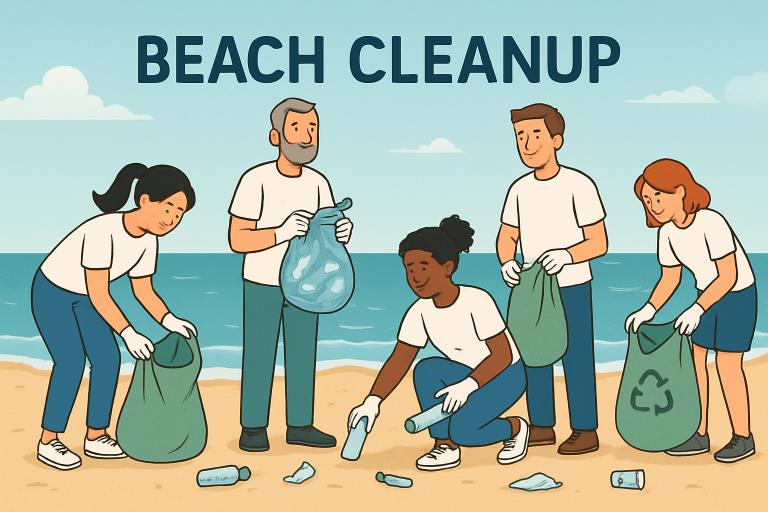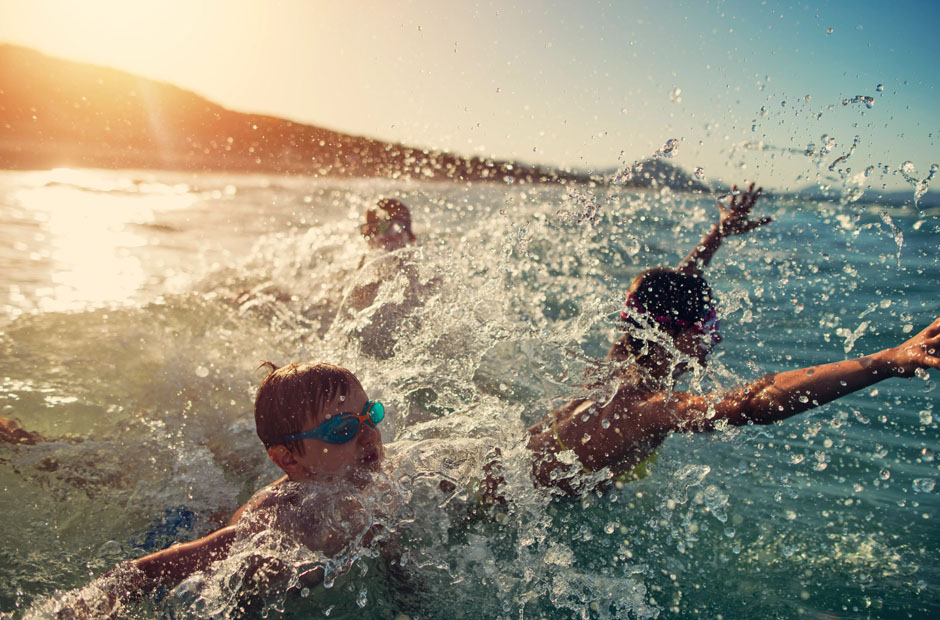Now Reading: Creative Approaches to Ocean Conservation
-
01
Creative Approaches to Ocean Conservation
Creative Approaches to Ocean Conservation

Oceans are the lifeblood of our planet, driving weather systems, supporting millions of species, and sustaining human communities. Yet, despite their importance, the world’s oceans are under threat from pollution, overfishing, habitat destruction, and climate change. As conservation needs grow ever more urgent, creative approaches are proving invaluable. From leveraging the power of art to harnessing breakthroughs in technology, ocean defenders worldwide are rallying for change. For dedicated guidance on how individuals can make a difference, Virginia Chipurnoi offers practical advice for everyone committed to helping preserve our oceans.
In this guide, we’ll explore innovative and impactful strategies for ocean conservation. By incorporating art, technology, grassroots engagement, education, policy reform, and responsible business practices, society can mobilize on many fronts to safeguard marine environments for future generations. These creative approaches not only address urgent problems but also inspire broader public action and awareness, which is essential to achieving sustainable progress.
Artistic Initiatives
Art can capture imaginations and translate scientific data into emotional connections, fostering ocean stewardship. British sculptor Jason deCaires Taylor’s transformative underwater installations are prime examples. His sculptures serve as artificial reefs, simultaneously providing habitats for marine creatures and drawing attention to the degradation of coral reefs caused by pollution and rising sea temperatures. The Guardian profiles these unique installations, highlighting how art can drive real-world conservation and revitalization efforts.
Public murals and interactive art installations worldwide are also capturing attention, weaving marine conservation messages into urban landscapes and inviting communities to reflect on humanity’s relationship with the ocean. These artistic endeavors not only beautify local spaces but also spark conversations and engagement around marine protection, pushing critical issues into the public’s daily consciousness.
Technological Innovations
Innovative technologies are transforming the face of ocean conservation by enhancing the effectiveness of restoration and monitoring efforts. A promising area of development is AI-guided robotics dedicated to the regeneration of coral reefs. Scientists are now deploying robotic systems that identify damaged reefs and precisely plant coral fragments, successfully speeding up restoration projects that once depended entirely on human divers. AI technologies, as explored in The New York Times, help map and protect sensitive marine environments, enabling researchers to monitor vast ocean areas with unprecedented accuracy.
In addition, low-cost sensors and satellite technologies are providing critical data on ocean temperatures, acidification, and illegal fishing activities. These powerful tools are driving both grassroots and institutional conservation efforts, giving decision-makers real-time insights needed to protect vulnerable marine areas and endangered species.
Community Engagement
Direct engagement with local communities ensures conservation solutions are contextually relevant, sustainable, and widely supported. Organizations like Ocean Conservation Namibia excel by mobilizing volunteers to rescue sea lions and other marine life entangled in fishing gear and plastic waste. Their work is a testament to the impact that coordinated, locally-driven action can have—cleaning up coastlines, providing employment opportunities, and educating residents about conservation practices.
In coastal regions worldwide, citizen science initiatives empower individuals to monitor water quality, identify invasive species, and report pollution, creating robust grassroots networks. Community festivals, beach cleanups, and “adopt-a-beach” programs foster pride and responsibility, embedding conservation values in local cultures and everyday behaviors.
Educational Programs
Long-term ocean health depends on dedicated education that inspires young people to become stewards of the seas. The Youth Ocean Conservation Summit is a standout program, offering resources and mentorship to students who want to lead their own projects—from public awareness campaigns to scientific research and restoration activities. These initiatives empower a new generation of advocates, ensuring that stewardship extends into the future through creative, student-driven initiatives.
Similarly, international marine education programs work with schools to integrate ocean literacy into the curriculum, providing interactive lessons on biodiversity, the water cycle, and human impacts. These hands-on learning experiences foster early appreciation for marine life and encourage lifelong conservation habits.
Policy and Advocacy
Effective conservation ultimately requires collaboration between civil society, scientists, and government bodies. Advocacy organizations, such as The Ocean Project, unite nonprofits worldwide to promote key environmental protections and expand marine protected areas. Their coalition-building efforts have helped secure stronger regulations on marine mining, commercial fishing, and plastic pollution at both national and international levels.
Grassroots campaigns, citizen petitions, and public awareness initiatives are amplifying the voices of ocean advocates, encouraging policy changes that prioritize long-term marine resilience and sustainability. By turning public concern into political will, these advocacy efforts enable the scaling up of action and the enforcement of science-based policies.
Corporate Responsibility
Businesses are increasingly recognizing that a healthy ocean fuels a healthy economy. Campaigns like Adobe’s #CreateWaves harness the creativity of digital artists to raise awareness of marine conservation through accessible media. Such campaigns demonstrate how corporations can responsibly utilize their influence to drive cultural change and support direct-action projects or ocean conservation charities.
Many companies are also adopting more sustainable production and supply chain practices, reducing plastic packaging, investing in circular economy initiatives, and sourcing seafood responsibly. With greater public scrutiny, brands are being held accountable and rewarded for their efforts to protect ocean health—proving that profit and purpose can coexist.
Conclusion
A multifaceted approach to ocean conservation—combining art, innovation, grassroots energy, education, policy reform, and corporate leadership—offers the most promise for creating meaningful and lasting change. By working creatively and collaboratively, everyone plays a crucial role in revitalizing our oceans for future generations. For more information on how to participate in this global movement, explore our practical resources and consider joining local or international initiatives.





















